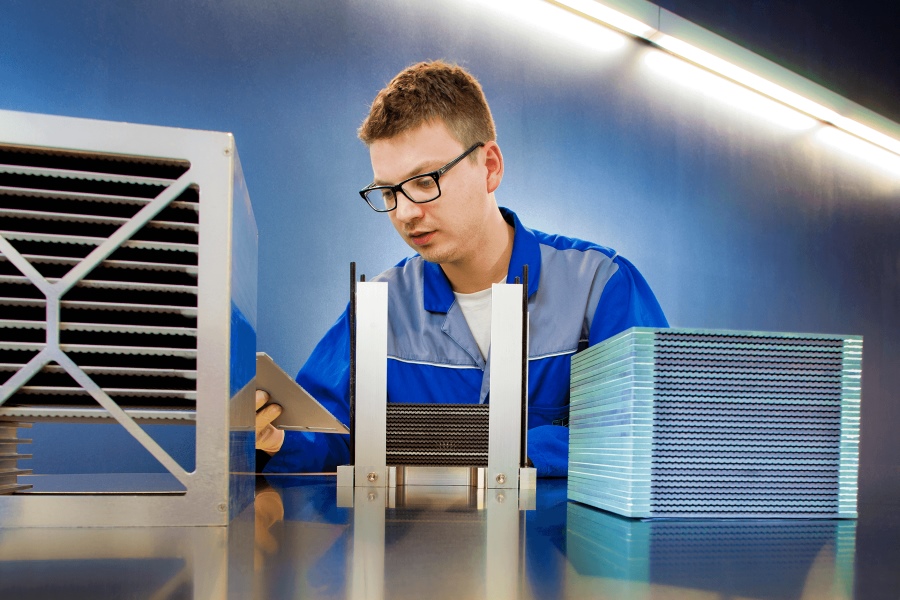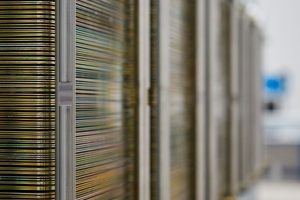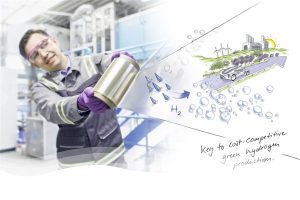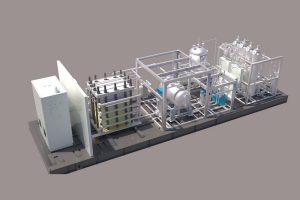The facility, designed and built by Fraunhofer IKTS, will initially produce SOEC stacks in limited quantities with a target annual capacity of 8 MW. These stacks form the core of future SOEC electrolyser systems from thyssenkrupp nucera.
The collaboration, formalised in March 2024, builds on Fraunhofer IKTS’s research and aims to bring the next generation of SOEC electrolysers to industrial scale. The technology uses a ceramic electrolyte and CF-based interconnectors to enable high corrosion resistance, thermal cycle stability, and long-term performance, while also being suited for future automated mass production.
SOEC systems operate at high temperatures using steam, requiring less electricity for hydrogen production compared to low-temperature electrolysis. When integrated with industrial waste heat sources, such as those found in steelmaking, SOEC can reduce electricity consumption by 20% to 30%.
Another advantage of the technology is its ability to use CO₂ as a feedstock to generate green synthesis gas, which can be converted into sustainable chemicals and e-fuels.
“The outstanding properties of SOEC technology have prompted us to work with our strategic partner Fraunhofer IKTS to develop high-temperature electrolysis to market maturity. We are convinced of the advantages of this electrolysis technology for the production of green hydrogen. It will play a central role in a new, climate-friendly energy mix,” said Dr. Werner Ponikwar, CEO of thyssenkrupp nucera.
“By integrating SOEC technology into industrial waste heat sources or directly generating synthesis gas from water and CO₂, companies can maximize the efficiency of green hydrogen production and effectively implement their decarbonisation strategy. These unique advantages make SOEC technology a real game changer,” added Professor Alexander Michaelis, Director of Fraunhofer IKTS.
Insights gained from operating the pilot facility will feed into the design of a fully automated, industrial-scale SOEC production plant.






